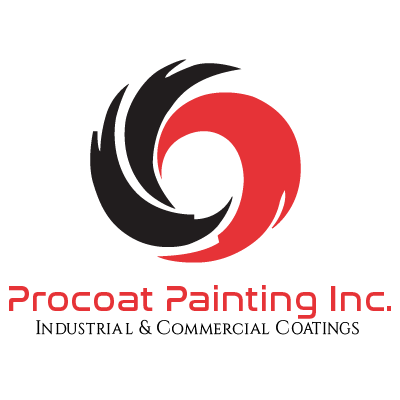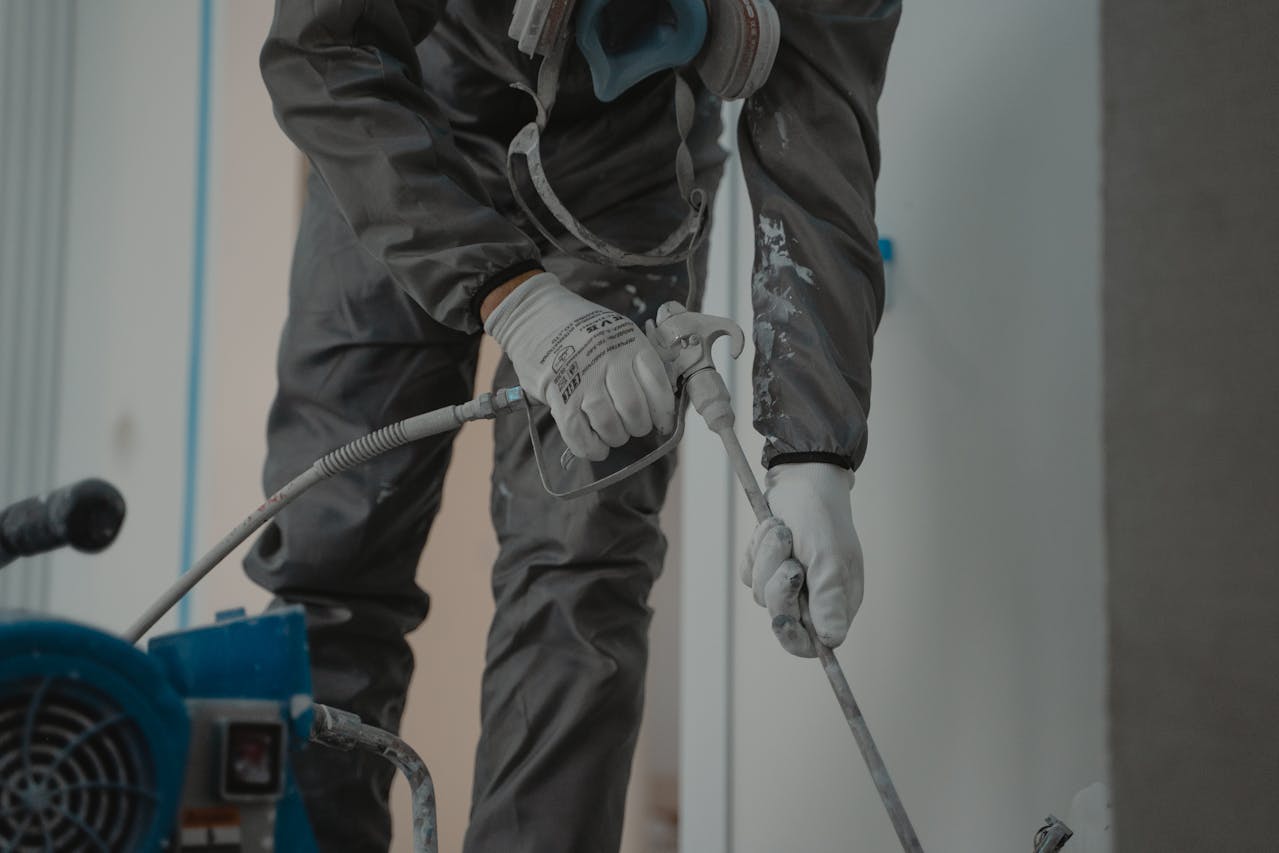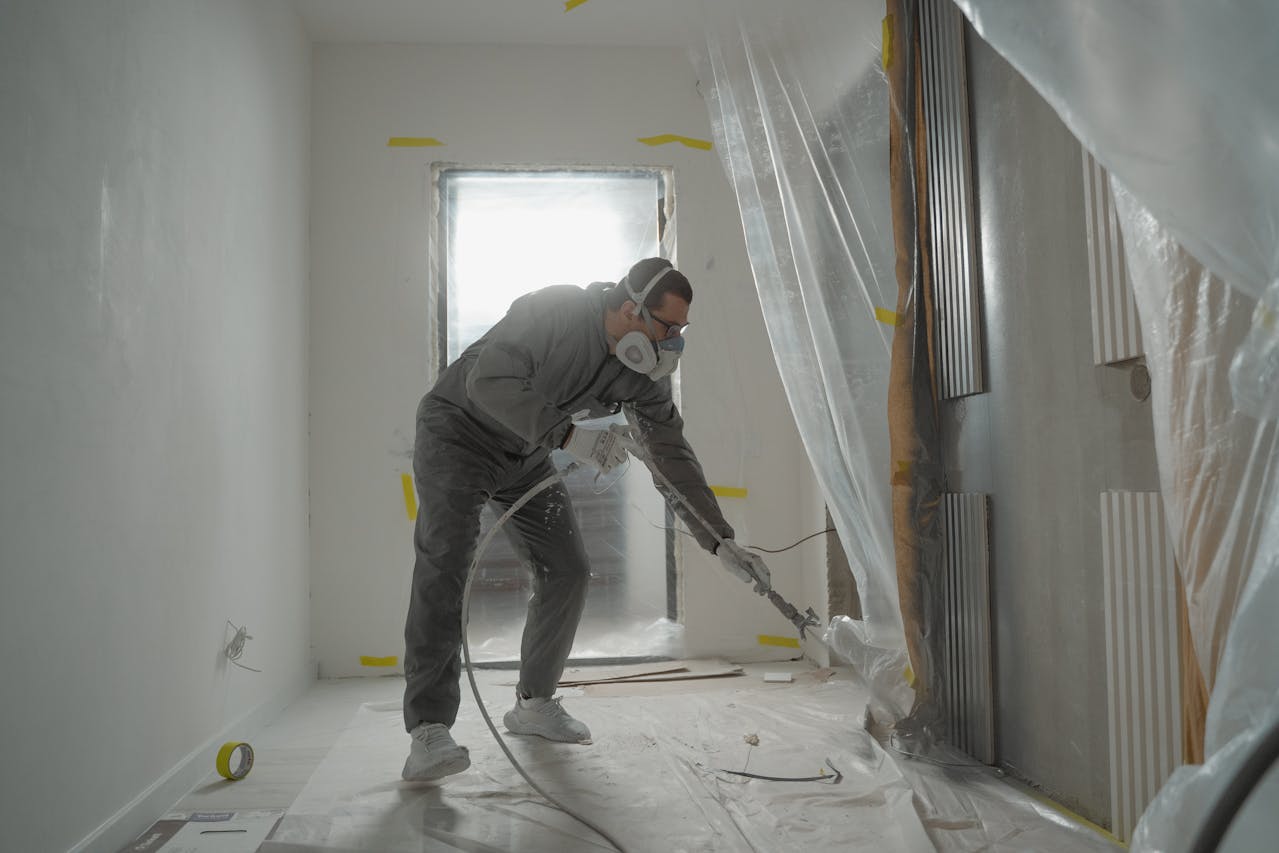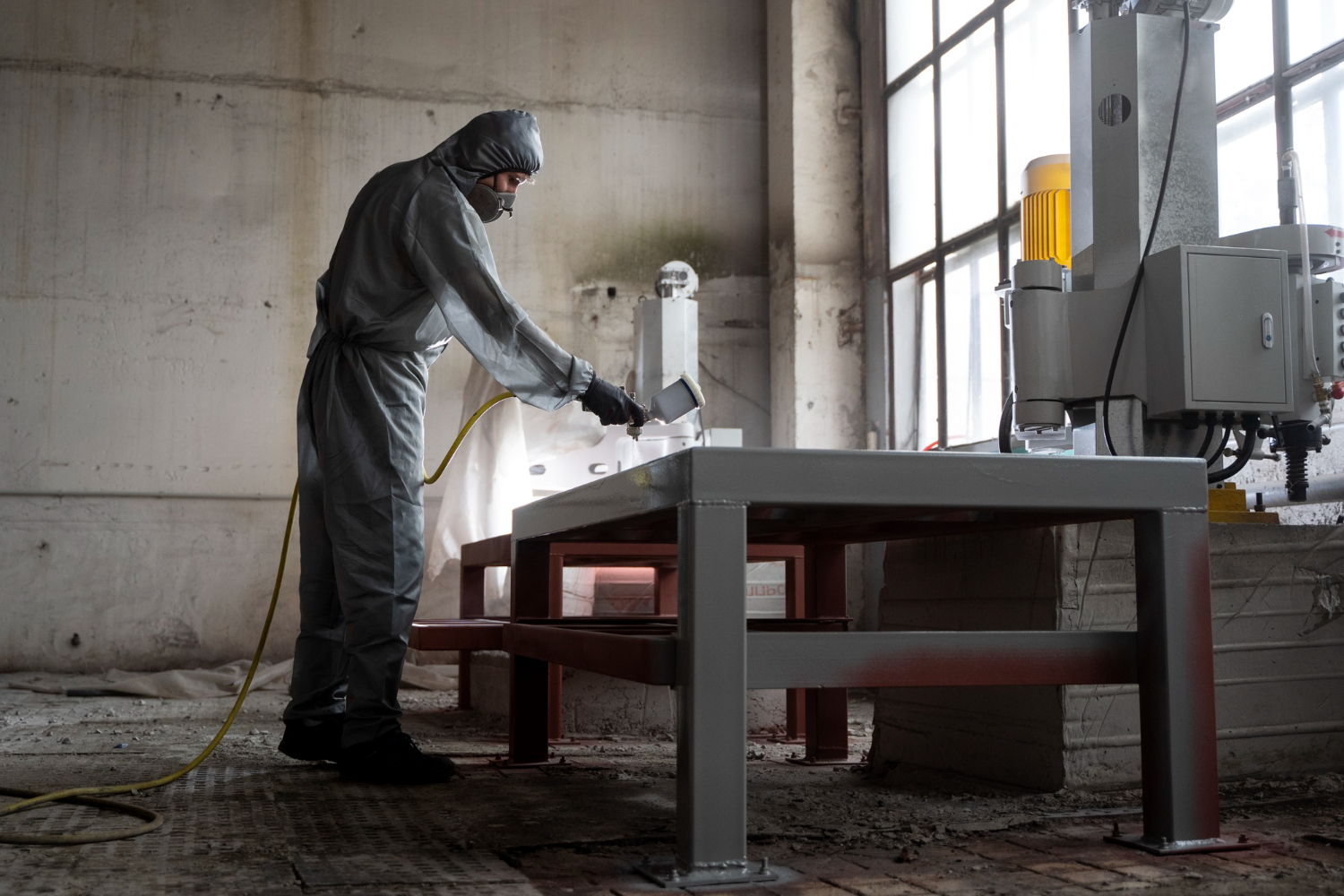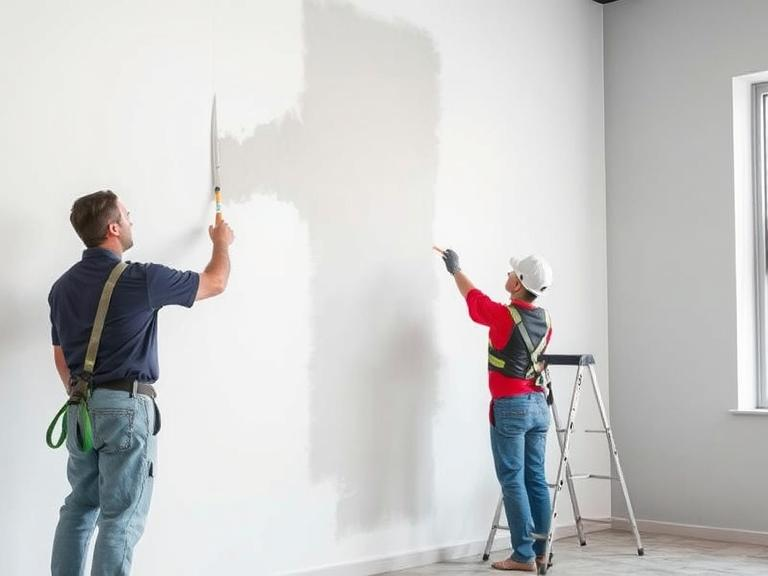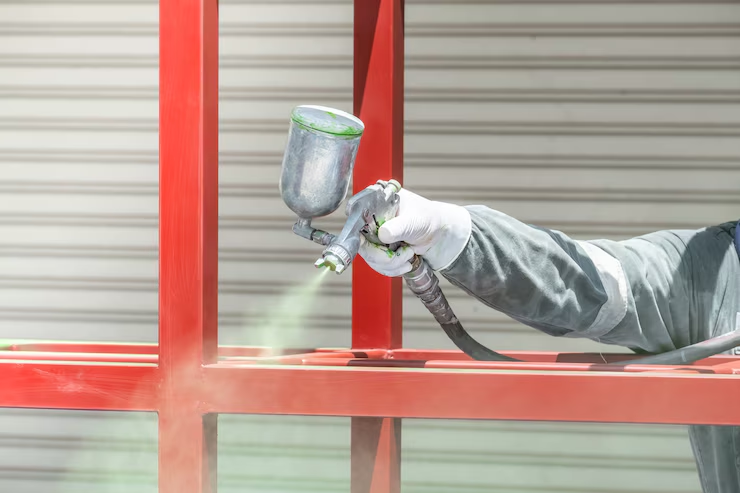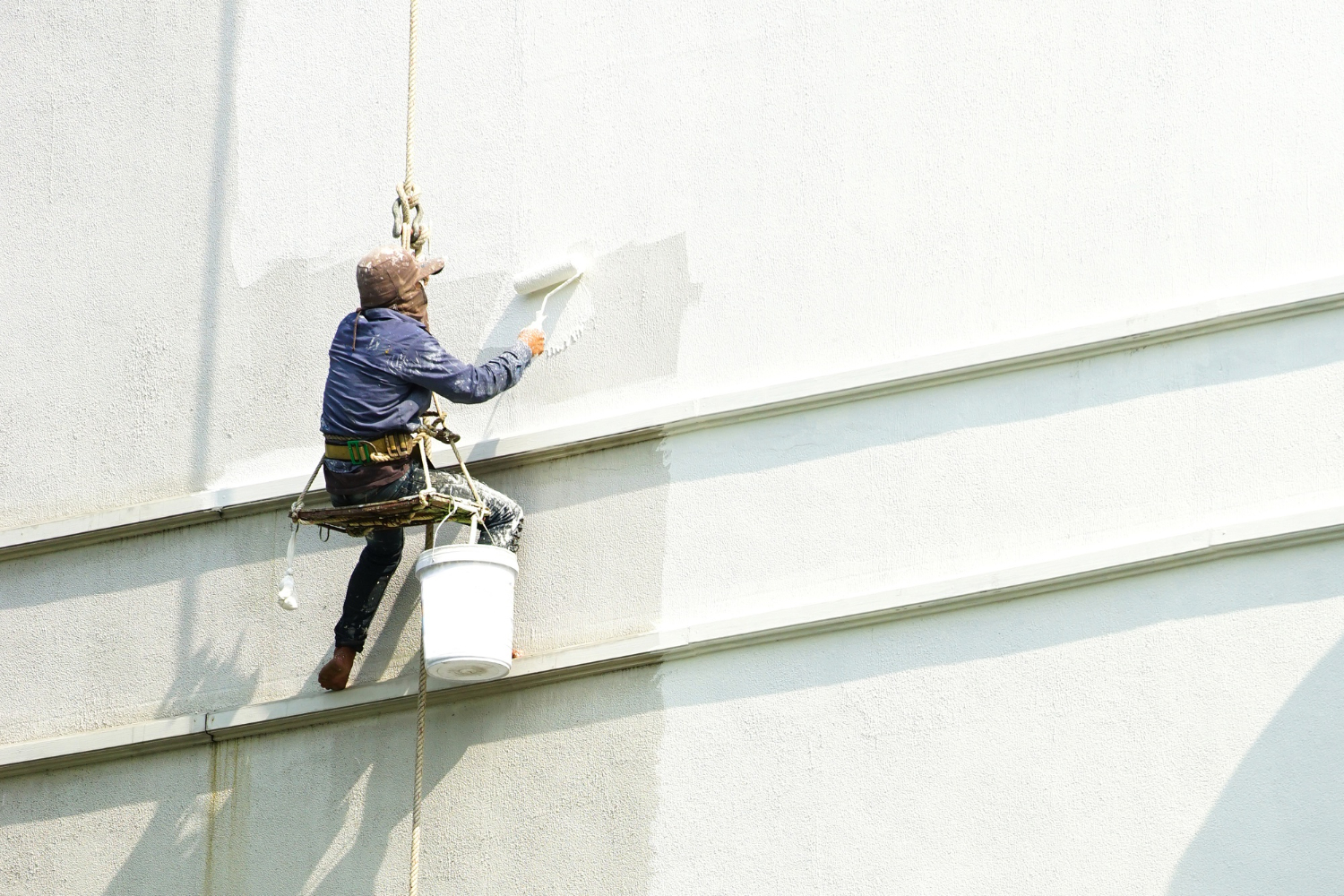Choosing eco-friendly paints for commercial spaces is a smart decision that benefits both businesses and the environment. These paint options use safer ingredients and release fewer harmful chemicals into the air, which helps protect the planet. Eco-friendly paints also create healthier spaces for employees and customers, making them a popular choice for modern businesses.
Many commercial spaces are moving towards sustainability, and selecting the right paint is a key part of that journey. From using paints with low or zero volatile organic compounds (VOCs) to embracing natural paint formulas, there are plenty of options available. These paints can match the performance of traditional paints while offering the added bonus of being more sustainable.
By understanding what makes a paint eco-friendly and the variety of choices out there, businesses can make informed decisions that align with their environmental goals. This can also lead to cost savings over time, as sustainable practices often enhance durability and reduce the need for frequent repaints.
Understanding Eco-Friendly Paint Basics
Eco-friendly paints have gained popularity because they are better for the environment and safer for human health. What makes these paints environmentally friendly lies mostly in their formula. Traditional paints often contain volatile organic compounds (VOCs), which can release harmful gases as they dry. In contrast, green paints have a reduced or zero VOC content, minimizing air pollution and health risks.
Eco-friendly paints use natural ingredients like plant oils, citrus extracts, and clay instead of harsh chemicals. These components help reduce the carbon footprint during production and application. Paints with these natural bases are often biodegradable, ensuring they break down more easily if they need to be disposed of, thus protecting the ecosystem.
Switching to eco-friendly paints offers numerous benefits for commercial spaces. Firstly, they improve indoor air quality, making the environment healthier for people who spend a lot of time inside. They also reduce the company’s environmental impact—a positive step for building a sustainable brand image. Furthermore, many green paints are durable and offer rich colors, matching the performance of conventional paints without the harmful side effects. Choosing eco-friendly paints aligns business practices with sustainability goals, benefiting both people and the planet.
Types of Eco-Friendly Paints
Eco-friendly paints come in various types, each offering its unique advantages. Understanding these options helps businesses select the best paint for their commercial spaces.
1. Low-VOC Paints: These paints contain fewer harmful organic compounds than traditional paints. They help reduce indoor air pollution while still providing strong durability and coverage. They are ideal for spaces where air quality is a concern.
2. Zero-VOC Paints: Featuring no detectable levels of harmful compounds, these paints are the safest option concerning air quality. They are often recommended for areas where health is a priority, such as schools or offices.
3. Natural Paints: Made from ingredients like plant oil, clay, and beeswax, natural paints offer an eco-friendly option free from synthetic chemicals. They are biodegradable and an excellent choice for those seeking the most sustainable solution.
When comparing water-based and traditional solvent-based paints, the water-based options stand out for being more environmentally friendly. They emit fewer VOCs and are easier to clean up since they require only soap and water, unlike solvent-based paints, which need harsh chemicals for cleaning. This ease of use and environmental benefit makes them a preferred choice for businesses aiming for sustainability.
Choosing the right type of eco-friendly paint depends on careful consideration of each business’s specific needs, balancing aesthetics, performance, and environmental responsibility.
Choosing the Right Eco-Friendly Paint for Your Business
Selecting the perfect eco-friendly paint for your business involves considering several factors to match your specific needs and objectives. Begin by evaluating the environmental impact of the paint options available. Look for paints with certifications like Green Seal or GREENGUARD, which ensure the products meet rigorous environmental standards. These labels can help guide you to the most sustainable choices.
Consider the performance characteristics of the paint. Durability, coverage, and color options are essential factors. Ensure the paint offers excellent coverage so fewer coats are needed, which can save both time and resources. Also, think about the type of surfaces the paint will cover and whether the formula is suitable for those materials.
It’s important to match paint features with your business needs. If air quality is a top priority, for example, zero-VOC paints might be the best choice. If your business frequently repaints or rebrands spaces, look for paints that offer easy application and removal. Budget considerations also play a role, so compare pricing and longevity across different eco-friendly paint types to determine cost-effectiveness over the long term.
Implementing Eco-Friendly Practices in Painting
Incorporating sustainable practices in painting projects enhances the benefits of eco-friendly paints and contributes to a more comprehensive green approach. Start with a plan that includes waste reduction and responsible resource use. Properly measure the area to determine the exact amount of paint needed, which minimizes excess waste.
Use tools and equipment that support sustainable practices. High-quality brushes and rollers can improve finish quality while reducing paint consumption. Consider renting or borrowing tools that you may not use frequently to lessen environmental impact further.
A sustainable painting process involves effective disposal of paint waste. Recycle any unused paint according to local regulations, and explore options for donating leftover paint to community projects. Also, ensure that cleaned-up materials do not harm the environment by using eco-friendly cleaning solutions.
Tips for achieving long-lasting results include allowing adequate drying time and maintaining stable environmental conditions during the painting process. Regular maintenance of painted surfaces helps extend their lifespan, reducing the need for frequent repaints and conserving resources.
Conclusion
Eco-friendly paints offer a smart, sustainable solution for commercial spaces looking to reduce their environmental impact and improve air quality. By understanding the different types of eco-friendly paints and their specific benefits, businesses can select products that align closely with their operational goals and values. Implementing sustainable practices throughout the painting process not only protects the environment but also ensures a high-quality and durable finish.
If you’re planning to upgrade your commercial space with eco-friendly paints, consider partnering with Procoat Painting Inc. Our expert team can guide you through the selection process and offer professional commercial painting services tailored to your environmental goals. Let us help you achieve a beautiful, sustainable finish that reflects your commitment to green practices.
